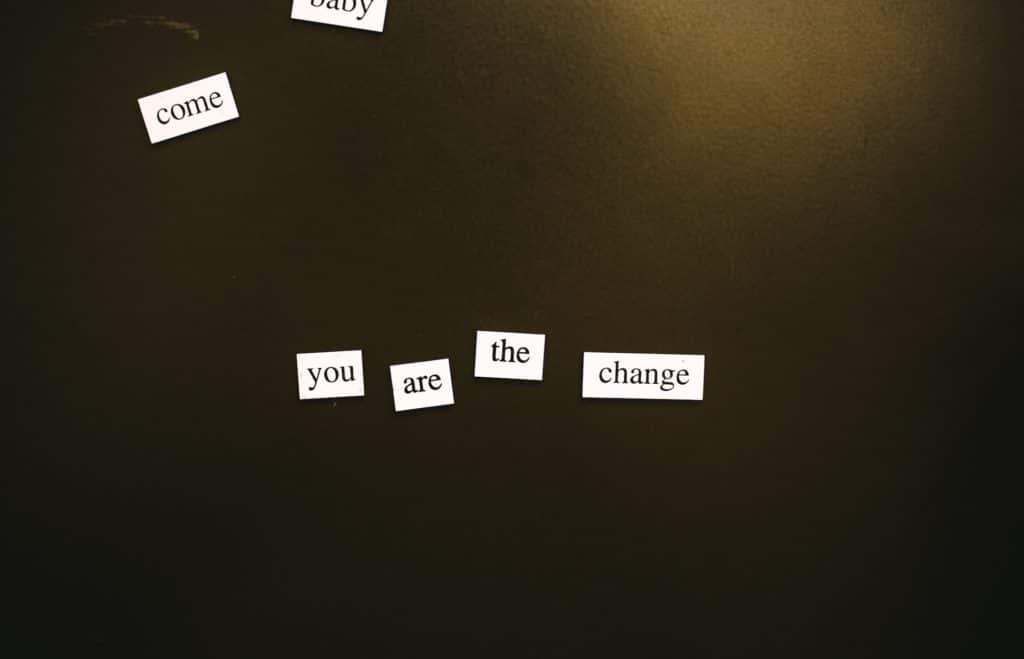In a world that’s constantly evolving, the question “How do I change?” resonates with a profound urgency. Change, an inevitable and relentless force, can be daunting yet exhilarating. This guide isn’t just about changing; it’s about metamorphosing your life into the masterpiece you envision. Whether you’re seeking personal growth, career advancement, or a shift in mindset, our step-by-step approach is designed to empower you to become the architect of your own destiny.
Idea 1: Understanding the Need for Change
Change often begins as a whisper, a subtle nudge towards something different or better. The first step in any transformation journey is understanding the ‘why’ behind the desire to change. This introspection is more than just acknowledging dissatisfaction; it’s about diving deep into your core values, desires, and the aspects of your life that you feel are not aligning with your true potential. This understanding is crucial as it acts as a compass throughout your change process.

Ask yourself questions like, “What aspects of my life am I looking to improve?” and “How does this change resonate with my personal values?” This self-exploration not only clarifies your intentions but also solidifies your commitment to the change process. It’s about recognizing that change is not just an external process of altering circumstances or behaviors but an internal evolution of mindset, values, and perspectives. By understanding your need for change, you lay a strong foundation for a transformation that is meaningful, purposeful, and aligned with your true self.
Idea 2: Setting Realistic Goals
Setting realistic goals is pivotal in the journey of change. It’s akin to plotting a course on a map before embarking on a voyage. The key is to establish clear, specific, and achievable goals. Instead of vague ambitions, focus on concrete objectives that can be measured and tracked. For instance, instead of saying, “I want to be healthier,” set a goal like, “I will exercise for 30 minutes, three times a week.” This specificity provides a clear target to aim for.
Additionally, it’s important to set both short-term and long-term goals. Short-term goals offer immediate milestones to achieve, keeping motivation high, while long-term goals provide a bigger picture to strive for. It’s also crucial to be realistic. Overambitious goals can lead to frustration and a sense of failure. Understand your current limits and plan your goals within those boundaries, gradually pushing them as you progress. Remember, the journey of a thousand miles begins with a single step. Each small achievement is a stepping stone towards your larger ambition.
Idea 3: Developing a Growth Mindset
A growth mindset is the fertile soil in which the seeds of change flourish. It’s about embracing the belief that your abilities and intelligence can be developed through dedication and hard work. This perspective encourages a love for learning and a resilience that is essential for great accomplishment. The concept, coined by psychologist Carol Dweck, contrasts with a fixed mindset, where abilities are seen as static and unchangeable.
Developing a growth mindset involves recognizing and challenging your limiting beliefs. It’s about shifting from a mindset that says, “I’m not good at this” to one that asks, “What can I learn from this experience?” This shift is crucial in overcoming the fear of failure. In a growth mindset, failure is not a reflection of your abilities, but an opportunity to grow and improve. It encourages curiosity, open-mindedness, and the willingness to face challenges head-on. By cultivating a growth mindset, you’re not just preparing for change; you’re actively inviting it into your life, turning obstacles into stepping stones towards your goals.

Idea 4: Consistency and Adaptability
Consistency is the heartbeat of change. It’s about showing up, day after day, committed to your goals, even when progress seems slow. Consistency turns actions into habits, and habits form the framework of your new self. However, it’s important to balance consistency with adaptability. Life is unpredictable, and rigidity can lead to frustration and burnout. Being adaptable means being flexible in your approach while remaining steadfast in your goals. It’s about making adjustments as you learn more about yourself and your environment. For instance, if you find a particular strategy isn’t working, be open to trying something different. This could mean modifying your goals, changing your methods, or even taking a step back to reassess your plan.
Adaptability also means being resilient in the face of setbacks. Instead of viewing them as failures, see them as feedback, opportunities to learn and refine your approach. Remember, the path to change is rarely linear. There will be ups and downs, but each experience provides valuable insights. It’s crucial to celebrate small victories along the way. These moments of acknowledgment fuel your motivation and remind you of the progress you’re making.
Consistency coupled with adaptability creates a dynamic and sustainable approach to change. It allows you to remain dedicated to your journey while being flexible enough to navigate the complexities of life. This balance is key to not only achieving your goals but also enjoying the journey of transformation. Ultimately, change is about progress, not perfection. By being consistent in your efforts and adaptable in your strategies, you’re setting yourself up for a successful and fulfilling journey of change.
Conclusion
The journey of change is uniquely personal, yet universally relevant. By understanding your motivations, setting realistic goals, fostering a growth mindset, and being consistent yet adaptable, you can navigate the path of change with confidence and grace. Remember, “How do I change?” is not just a question; it’s a catalyst for a transformative journey that begins with you.


















